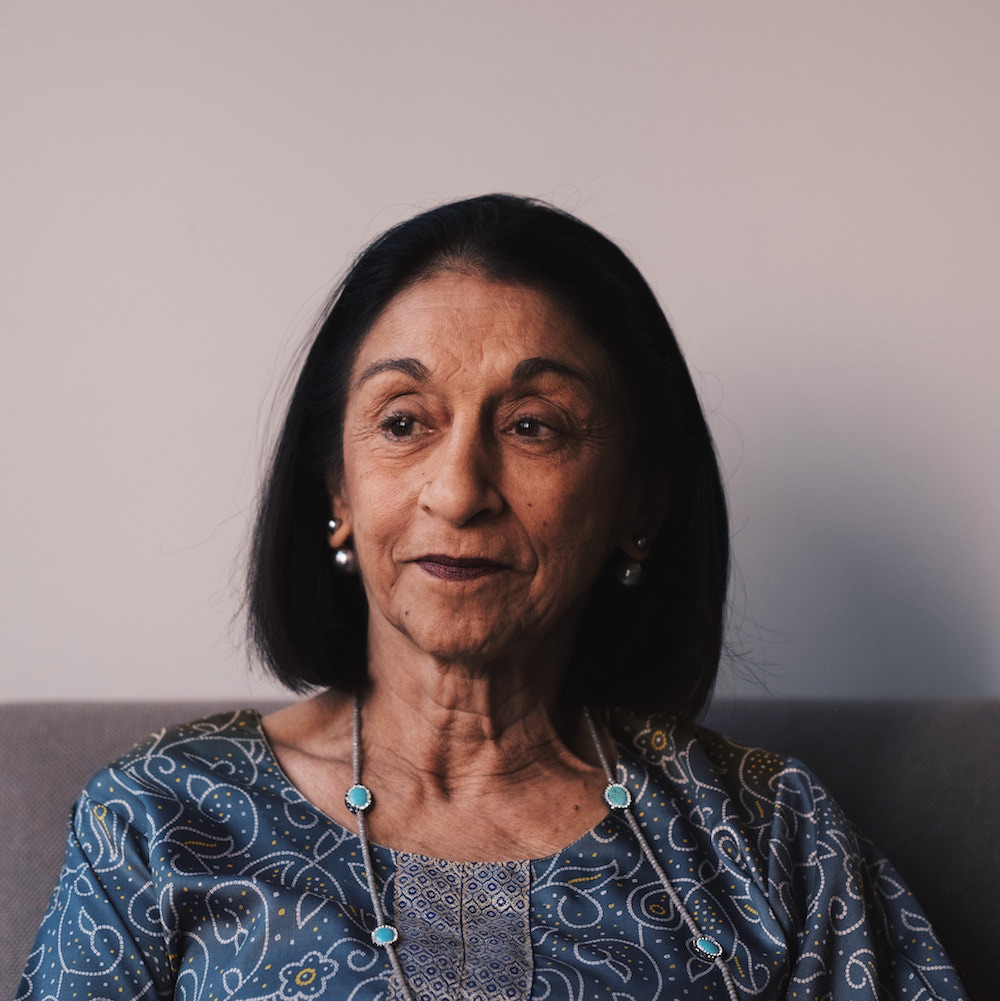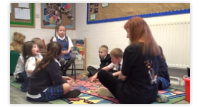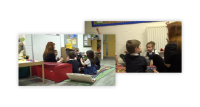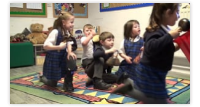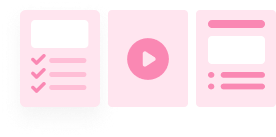Families Level: Key Stage 1 - Skills & games
Music Lesson Description
Dad's Dance (structure, pulse)
My dad loved to dance and he would definitely have been up for joining in with this! You'll need to practise it first and you can, of course, make up your own actions as long as you keep the same action for the same part of the song. It works either walking in time on the spot or sitting down (which is easier for co-ordination). Best to have the children facing you in a line so that they can mirror your movements. The music is called Wishi Ta Tuja and it's a Native American water song. This recording is by Ben Noke, my stepson, who is a professional musician, and Luchia's dance demo was filmed by her daddy!
- Here's a plan of the movements
- __
- Intro - Tap legs
- Wishi ta tuja tuja tuja - Wave arms
- Washa de naja heya heya - Roll arms
- Boom boom boom boom Cha cha cha cha - Clap clap clap, then 'Chatty' fingers
- __
- Wishi ta tuja tuja tuja - Wave arms
- Washa de naja heya heya - Roll arms
- Boom boom boom boom Cha cha cha cha - Clap clap clap, then 'Chatty' fingers
- __
- Intro - Tap legs
- Wishi ta tuja tuja tuja - Wave arms
- Washa de naja heya heya - Roll arms
- Boom boom boom boom Cha cha cha cha - Clap clap clap, then 'Chatty' fingers
- __
- Wishi ta tuja tuja tuja - Wave arms
- Washa de naja heya heya - Roll arms
- Boom boom boom boom Cha cha cha cha - Clap clap clap, then 'Chatty' fingers
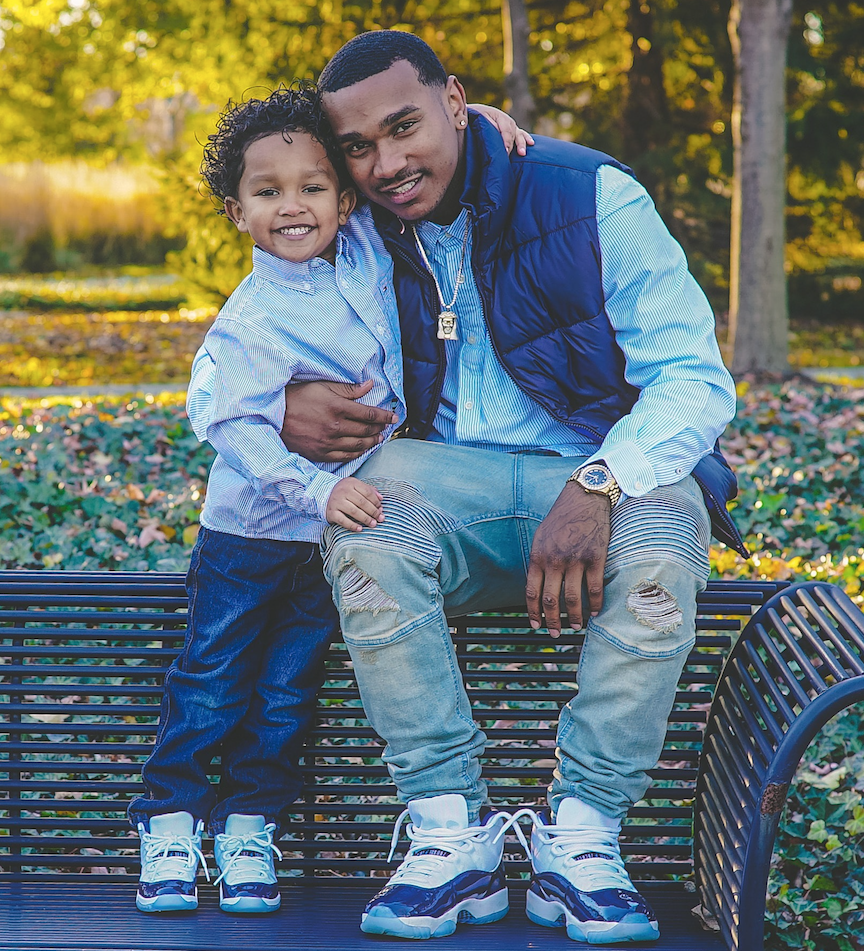
Talking About Music (timbre)
Talking about music is a skill that children need to develop as they learn more about sound and how it is made. In these two videos, we are talking in a small group and I've invited the children to speak freely without raising hands. First, we are talking about the sounds that instruments make prior to exploring a new box of interesting instruments for the first time.
In the second video, the children then chose an instrument each and we compared and contrasted the sounds in terms of timbre, its essential, distinguishing sound, choosing describing words and later suggesting similarities and differences.
Granny's footsteps (timbre, tempo)
'Granny' has several different sounding instruments that she uses for keeping fit! The children decide in advance what movement goes with which sound. Remember that grannies are really not all that old so try a drum for walking, shakers for jogging, little bells for swimming (arm movements).
The teacher is Granny, who plays an instrument, sometimes stopping and starting again. The children move towards her in the agreed way for that instrument, while it is playing. They stop when it stops, and start when it starts again. You can vary how fast you play the instrument and the children have to match the speed.
When all the children are standing on Granny's side of the room, the teacher chooses a different instrument, walks to the other side of the room and the game starts again. When the children know how to play the game, you can swap from one instrument to another, and the children can take turns at being Granny.
If you have limited space, the children can do the actions on the spot.
